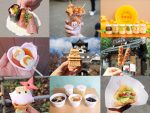The Japanese garden "Tokugawaen" spreads out in a corner of a quiet residential area in Higashi Ward, Nagoya City. Sozanso is built to blend in with the scenery. The Japanese-style café, where you can enjoy a stately Japanese-modern space and a garden that changes with the seasons, is visited not only by locals but also by overseas customers.
It will be reopened in July 2022, and has a lineup of carefully selected menus such as the experience of brewing tea yourself with tea leaves from Nukata, Okazaki City, Aichi Prefecture, and snacks and sweets using locally produced ingredients.
This time, we will introduce plenty of things from the history of the building to the report of the tea experience!
*Information is current at the time of the interview.
Please check the latest information of each facility and store.
Table of Contents
Building History and Philosophy

Sozanso was built in 1937 (Showa 12) as a Japanese guest house for the Nagoya Pan-Pacific Peace Exposition, and was relocated to this location after the exposition. In 2011, it was registered as a national tangible cultural property.



From April 2022, Sozanso will be newly managed and operated by a group of three companies called "Tokugawa no Mori", which is composed of private companies and public interest incorporated foundations.
Based on the philosophy that "store development is human resource development, store development is town development", they aim to improve not only the appeal of Tokugawaen, but also of Nagoya and Aichi prefectures.
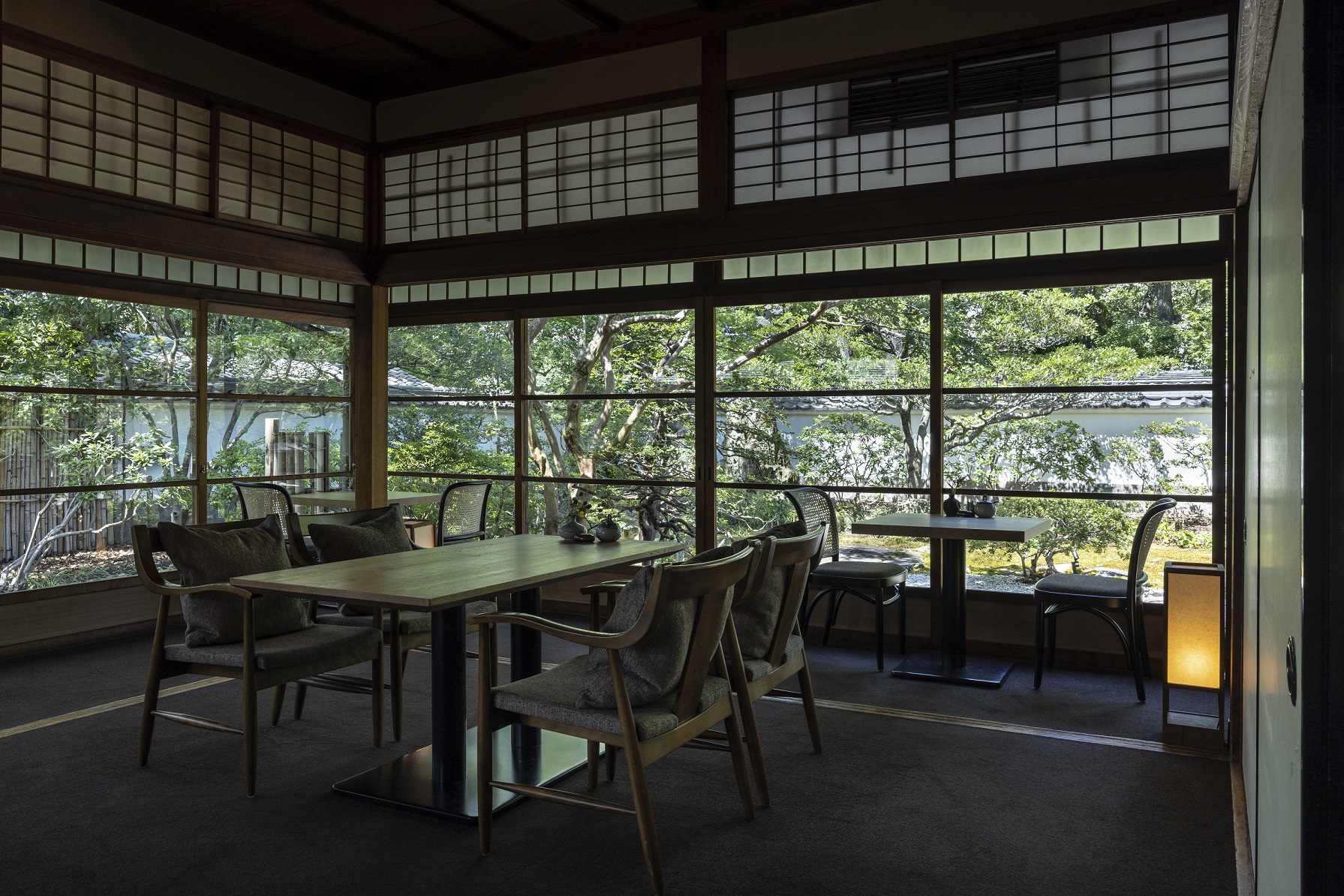

When you enter the store, the spacious space and the courtyard that spreads beyond are harmoniously integrated, just like a painting! All seats are designed so that you can see the courtyard. You will be healed by the scenery of the four seasons.
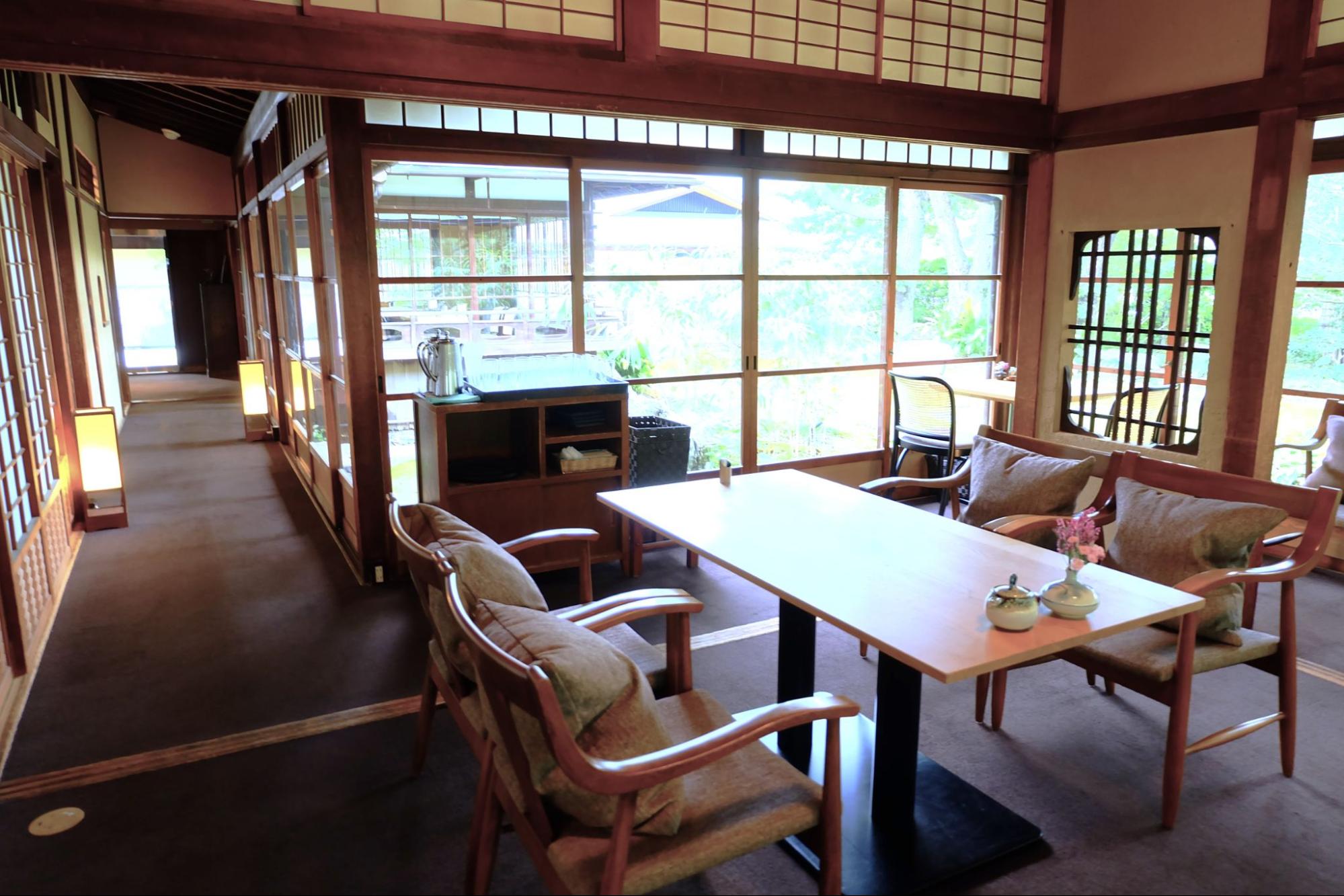

At first glance, it may seem a bit intimidating, but there are plenty of seats for one or two people, so it's okay to drop by casually!
The concept is "wa".
A tea experience where you brew yourself and taste it carefully

Do you have a chance to brew and drink tea yourself?
Tea is very familiar to Japanese people, but surprisingly, many people do not know about it.
Also, in today's busy world, it is rare to brew and drink tea slowly.
How to make delicious sencha using local tea
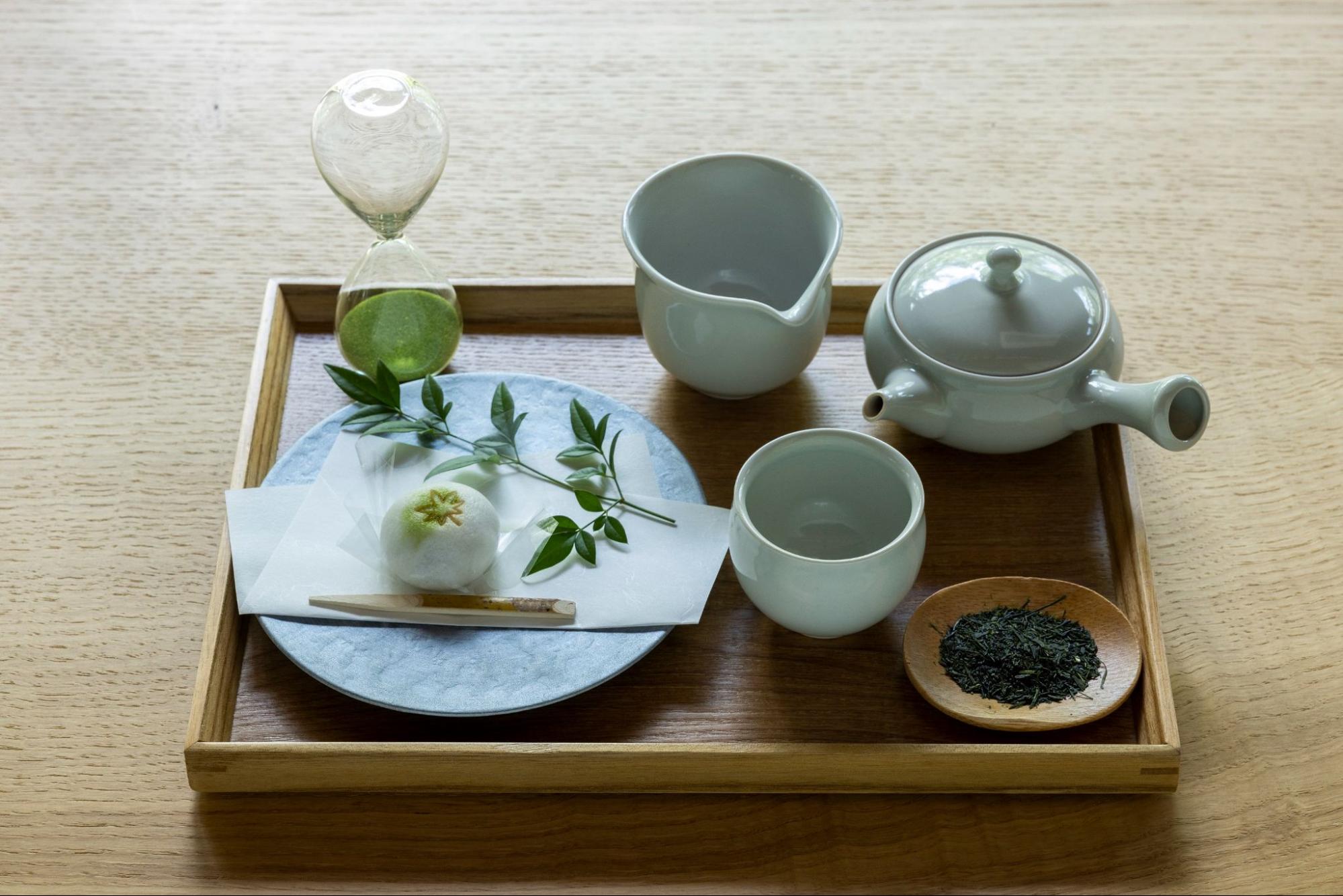
The photo is "Sencha Shunmei 1,100 yen / with Japanese sweets"
At Sozanso, the menu will be renewed in July 2022, with a menu that focuses on "tea".
Among them, tea using tea leaves from the 200-year-old tea garden "Miyazakien" in Nukata, Okazaki City, Aichi Prefecture, is grown from seeds and is made without using any chemical fertilizers or pesticides.
And they are particular about not only the tea leaves, but also the style of brewing and enjoying yourself using these tea leaves.
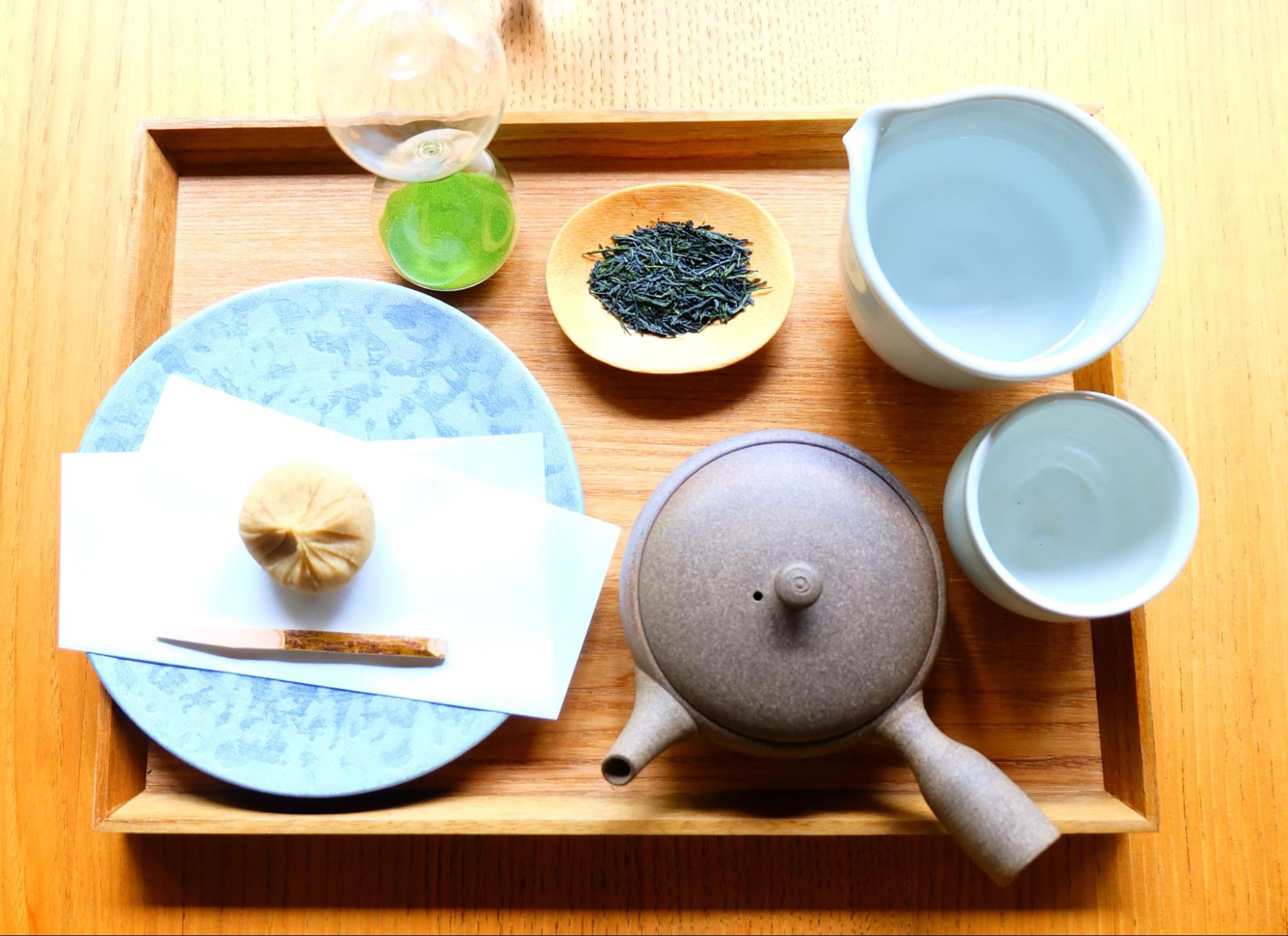
The photo is "Gyokuro Okumidori 1.430 yen / Japanese sweets included"
There are four types of tea menus that you can brew yourself. All are set with seasonal Japanese sweets.
● Wa-kocha Hongu 1,100 yen
This purely domestic black tea is carefully made from Hongu tea leaves that have been around for over 150 years. It has little astringency and bitterness, and is characterized by its unique flavor and sweet aftertaste.
● Sencha Shunmei 1,100 yen
About two weeks before the harvest season, a blackout curtain is placed to block the light and grow a representative variety of kabuse tea. A variety representative of Miyazakien, where you can enjoy a refreshing taste and roasted aroma.
● Sencha Saemidori 1,210 yen
An excellent variety that combines Asatsuyu and Yabukita, also known as natural gyokuro. It is characterized by its clear and vivid light blue color and elegant aroma and flavor.
● Gyokuro Okumidori 1,430 yen
Along with matcha and sencha, it is a high-class tea that represents Japan. The mellow umami and sweetness spread in your mouth, making it a satisfying dish.
By the way, the part corresponding to "black tea", "sencha" and "gyokuro" is the "production method", and "Shunmei", "Saemidori" and "Okumidori" are the "varietals".
Most of the teas sold to the public are unique blends of these varieties.

This time, I tried the most popular "Shunmei" tea.
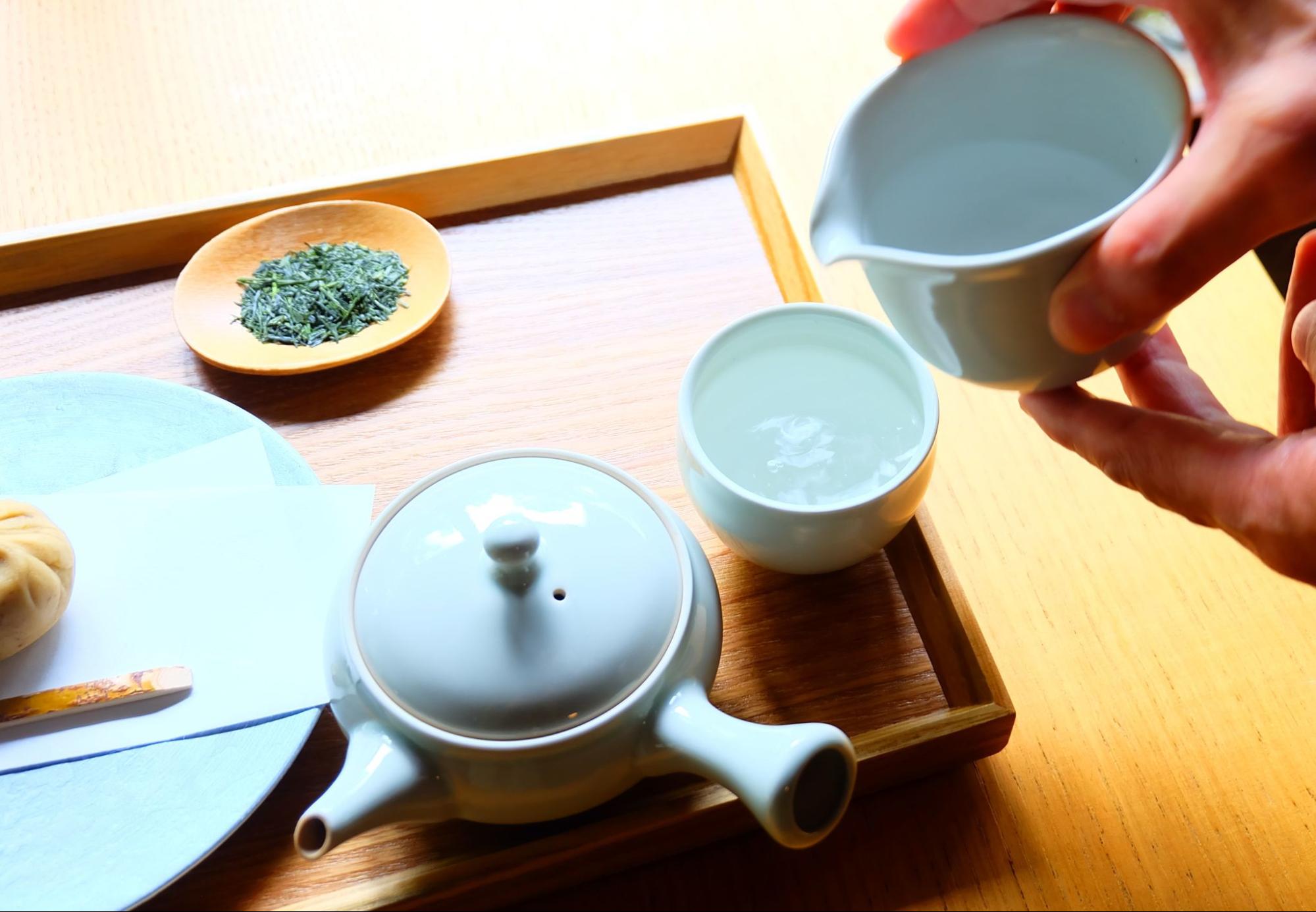
First, pour 80°C hot water into the provided tea bowl until the 8th minute, then wait about 2 minutes. This is to lower the temperature and put it in the teapot at an appropriate temperature. The temperature will drop by 10°C at this point.
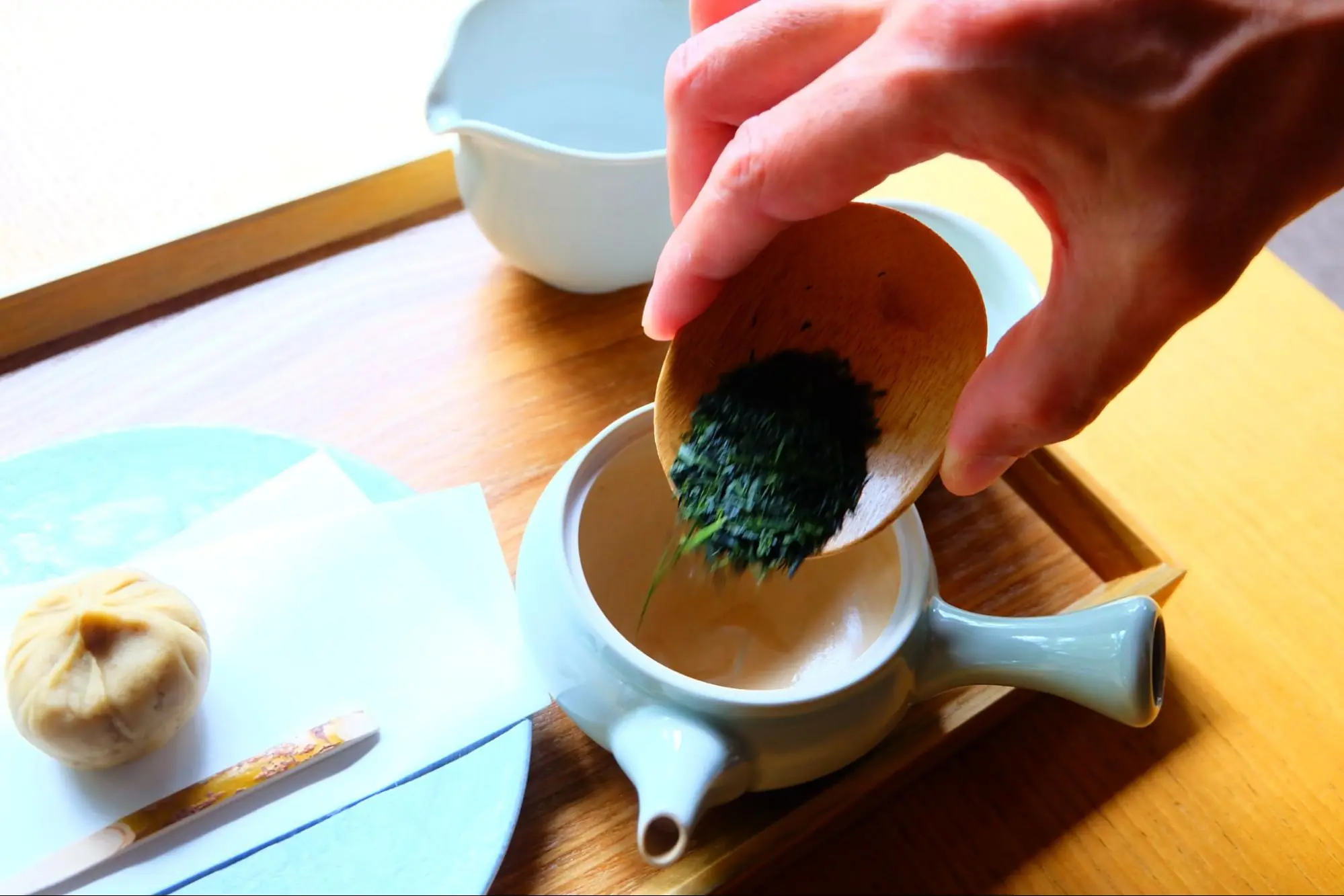

In the meantime, put the tea leaves in the teapot, wait about 2 minutes, put the cooled water in the teapot, cover it and let it steam.

Wait another 3 minutes using the hourglass as a guide.

After 3 minutes, start with the first infusion. The point is to pour everything down to the last drop. When you drink it, the first thing that surprises you is its sweetness! The umami taste like soup stock stands out rather than tea.

Next is the second infusion. Pour the hot water from the yuzamashi directly into the teapot. The tea leaves are open, so leave the lid on and let it sit for 30 seconds to 1 minute!
In the second infusion, the sweetness fades a little, and the balance with the astringency is just right.
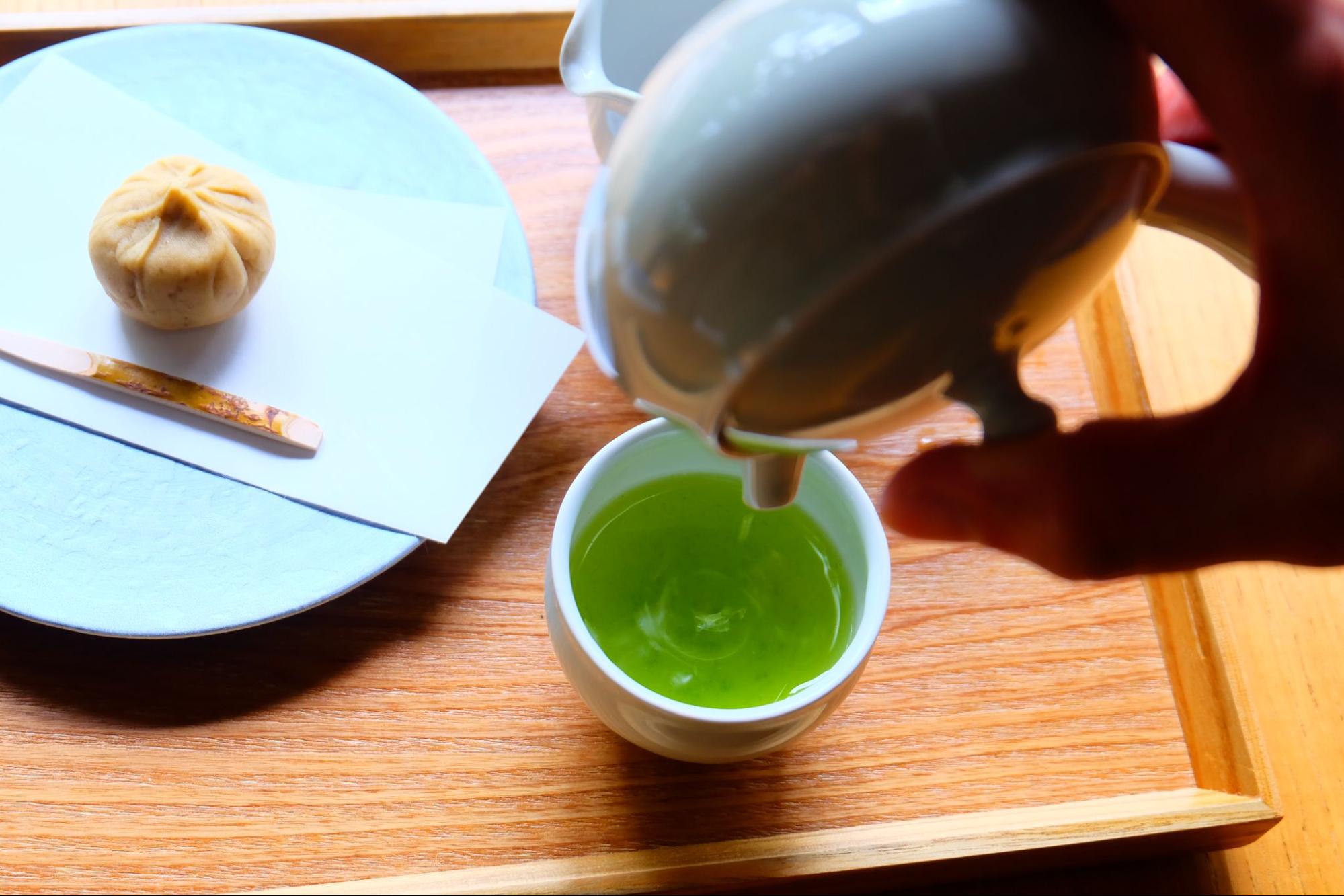
And the third brewing is done in the same way as the second brewing. In this way, you can enjoy the first to third infusions and enjoy the difference in taste and aroma. * Free refills of hot water.

All teas come with seasonal Japanese sweets. The vessels and teapots are also made from local Mino-yaki and Tokoname ware.
Each one is handmade by the artist, so they all have different specifications.
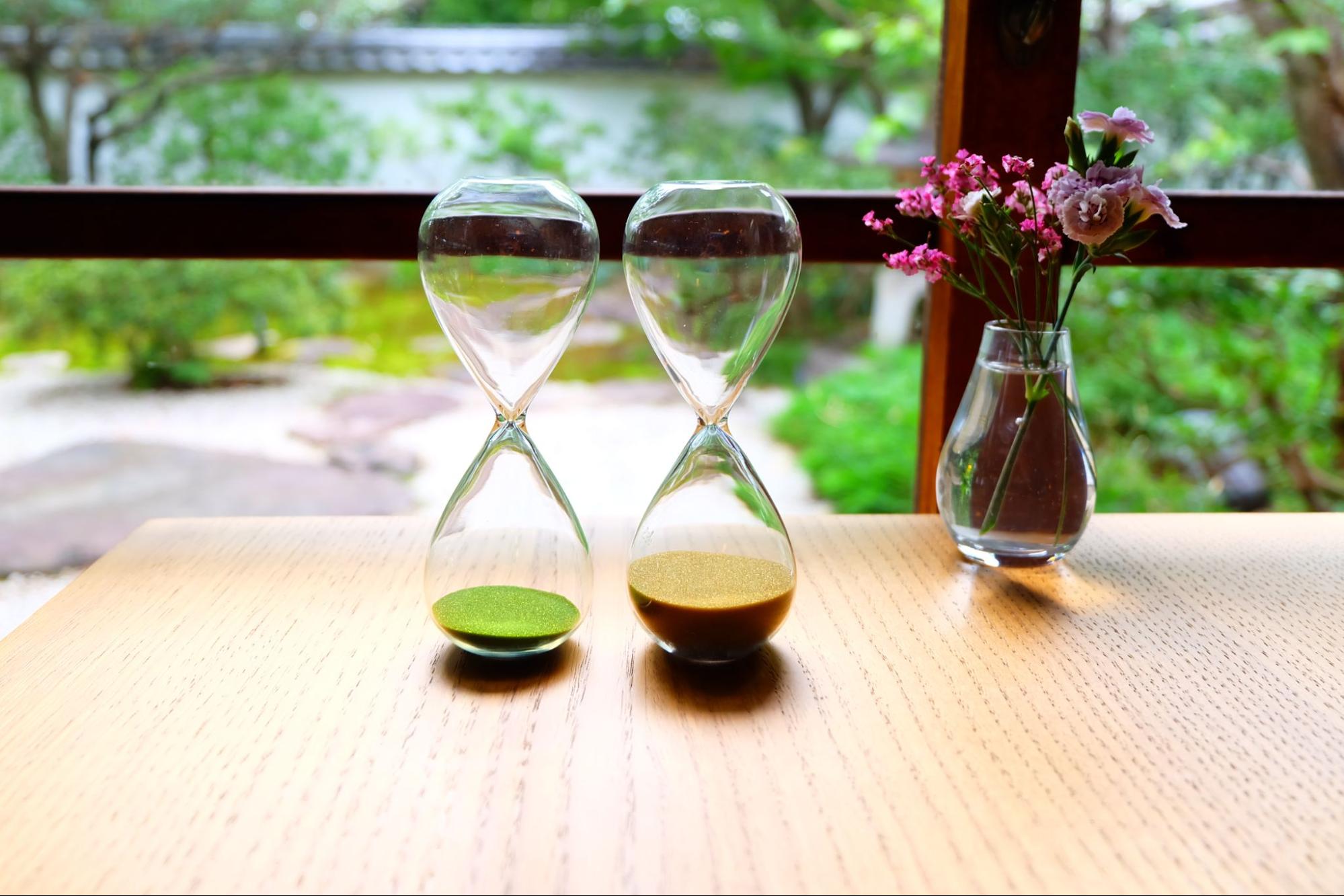
Also pay attention to the hourglass. The vivid colors are beautiful, but it seems that it is made by crushing and mixing real tea. It's colorful and fashionable!
Premium tea and standard drinks

And for those who want to enjoy a higher-grade tea, there is also a tasting set of "ROYAL BLUE TEA". It looks like a wine bottle, but the contents are real tea!
This tea series, which was offered at the Ise-Shima Summit, is all hand-picked, no preservatives, no additives, no heat sterilization, and quality that has passed strict inspections.
This time, I tried the "3 kinds of drink comparison set (with Japanese sweets) 2,750 yen".

From the right, “Kyoto Uji Tencha”, “Kamairi Ryokucha IRIKA / Gokase Town, Miyazaki Prefecture”, “Gyokuro Hojicha Kaho / Old Hoshino Village, Yame City, Fukuoka Prefecture”.
● Kyoto Uji Tencha (Southern part of Kyoto Prefecture)
The Kyodo Autonomous Region, which has a long history and tradition, is called the birthplace of Japanese tea. Tencha, which is characterized by its umami and sweetness, turns into matcha when ground in a stone mill.
● Kama-iri (kettle roasted) green tea IRIKA (Gokase town, Miyazaki prefecture)
"Kama-iri green tea" has been grown organically without the use of pesticides or chemical fertilizers for over 30 years. It has a beautiful golden light blue color, and a mellow, refreshing flavor with a good balance of umami, sweetness, and aroma.
●Gyokuro Roasted Tea (Former Hoshino Village, Yame City, Fukuoka Prefecture)
Specially made for Royal Blue Tea by tea master 10th Dan Yamaguchi of Okuyame (former Hoshino Village). Instead of sencha or bancha, the stems of gyokuro are skillfully lightly roasted in two stages to create a significantly different aroma and flavor. It has no bitterness or astringency, and has a rich, fragrant flavor reminiscent of caramel, chestnuts, and coffee.
The different colors, aromas, and tastes of the different teas can also be enjoyed. The middle one, "Kama-iri green tea IRIKA" is called "green tea," but when I took a sip, the sweet taste like broth spread out, completely changing the image I had of green tea!
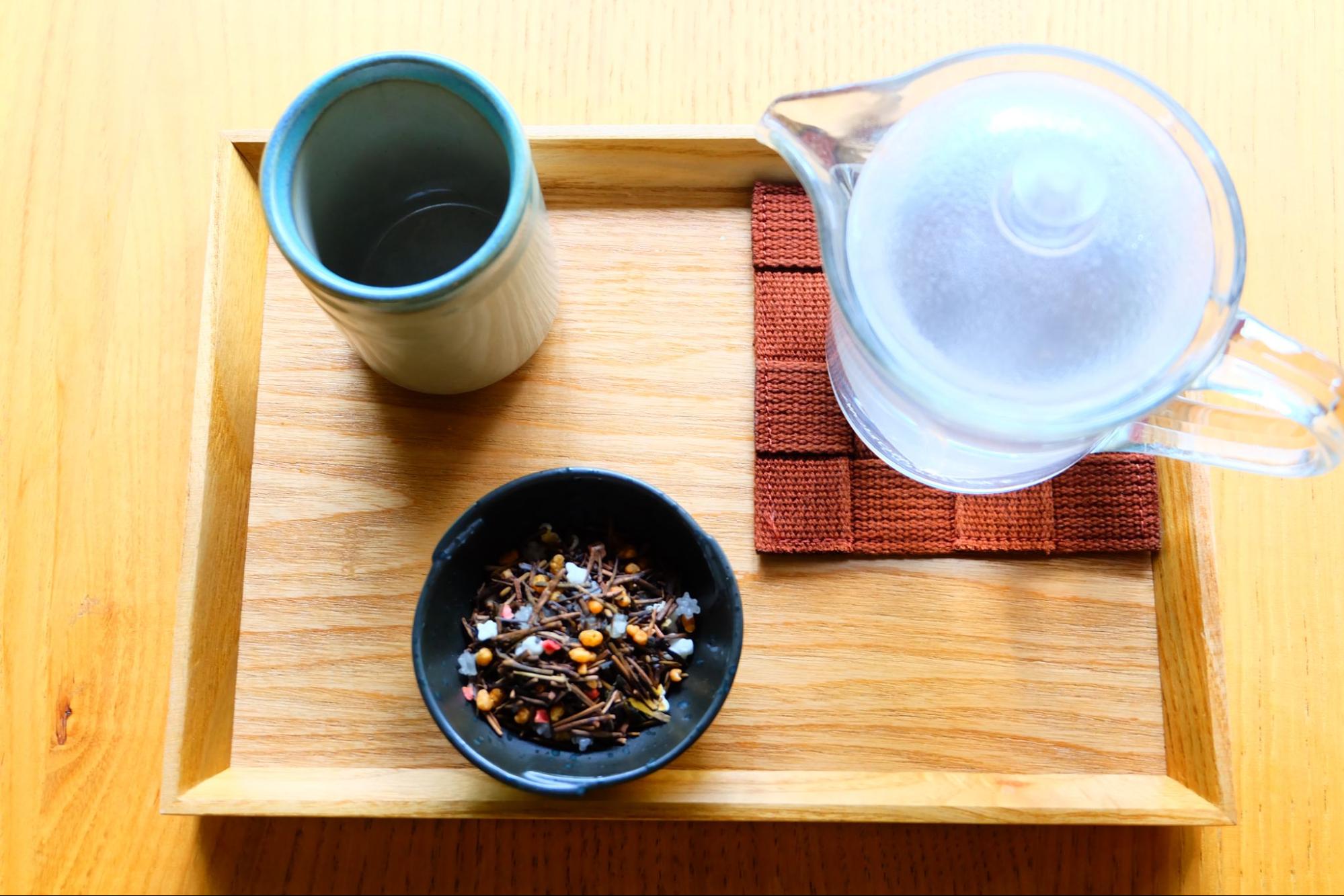
The drinks that have been on the menu since before the renovation are also popular. This is "Ringo Kaga Hojicha 660 yen".
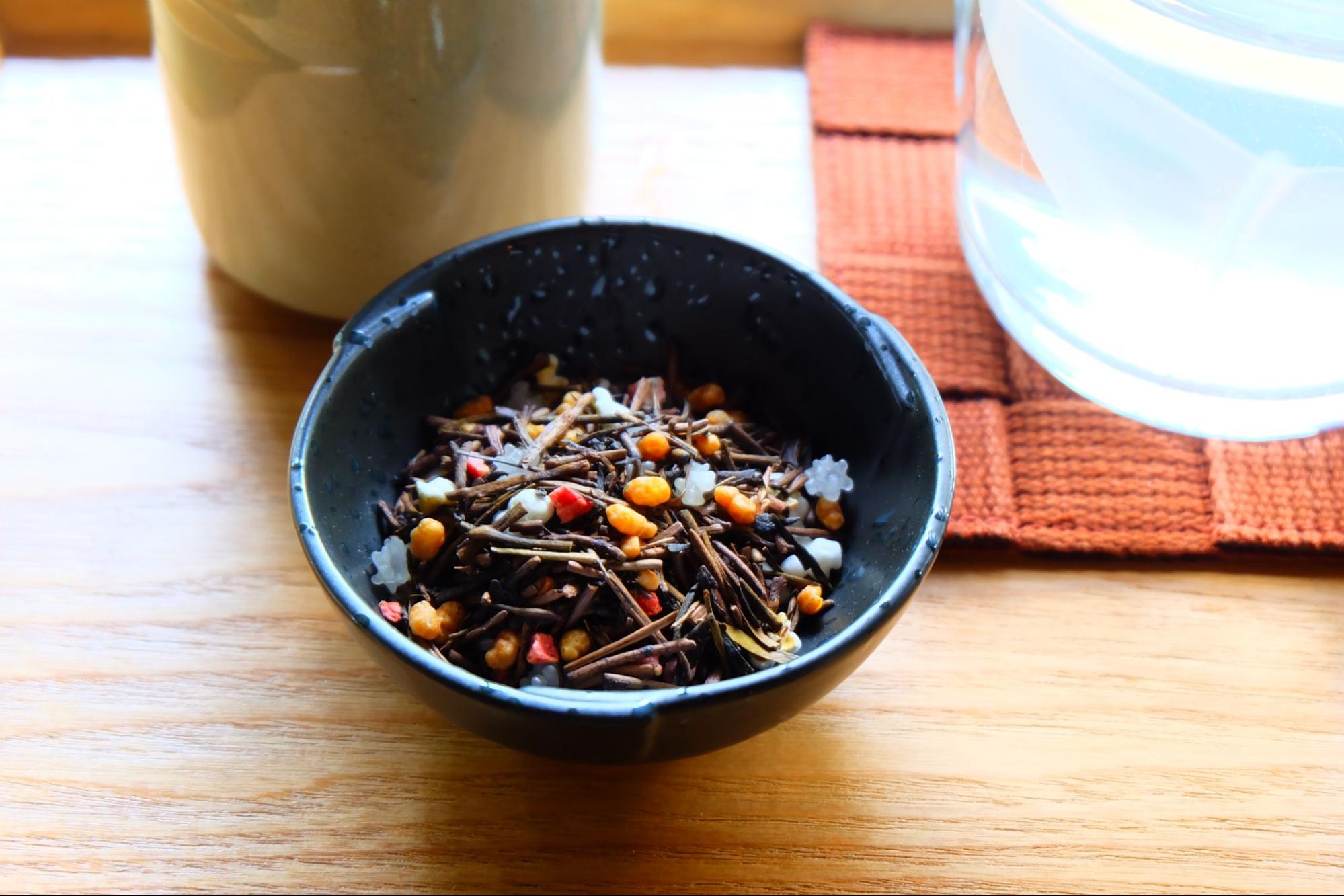
The tea leaves contain konpeito confetti and look cute!

Previously, tea leaves were served in a pot, but after the renewal, they wanted customers to enjoy the aroma, so they started the system of pouring the tea leaves themselves.

In addition, regular coffee, tea, matcha milk, etc. are also available, so please enjoy it according to your mood and taste.
Light meals and sweets made with local ingredients

"Hayashi rice (1,100 yen)" has always been a standard menu item. A rich and popular menu item made with Hatcho miso.

This is the new menu "Chilled Soba Kishimen (1,100 yen)". We are particular about kishimen, one of the Nagoya dishes, and have completed our original mix of buckwheat flour and wheat flour.
By the way, chilled soba kishimen is only available in the summer, and from mid-October (*planned), a new menu of warm kishimen will also be available. Please enjoy the smooth taste of Kishimen noodles and the aroma of buckwheat flour.

This is also a new item on the menu, "Cream Anmitsu (990 yen)" with the crest of Aoi. You can also enjoy fruit cakes made with local vegetables.
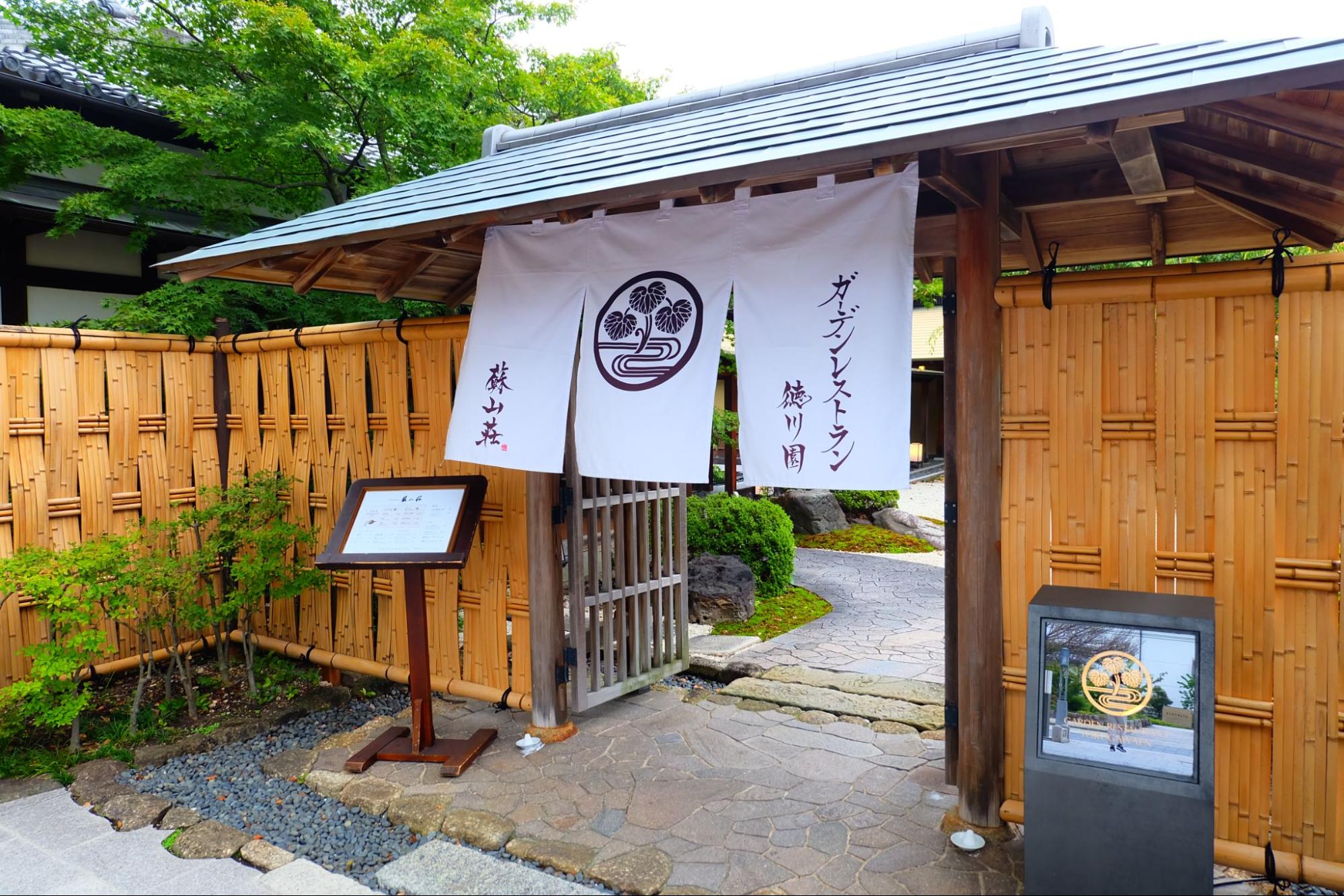
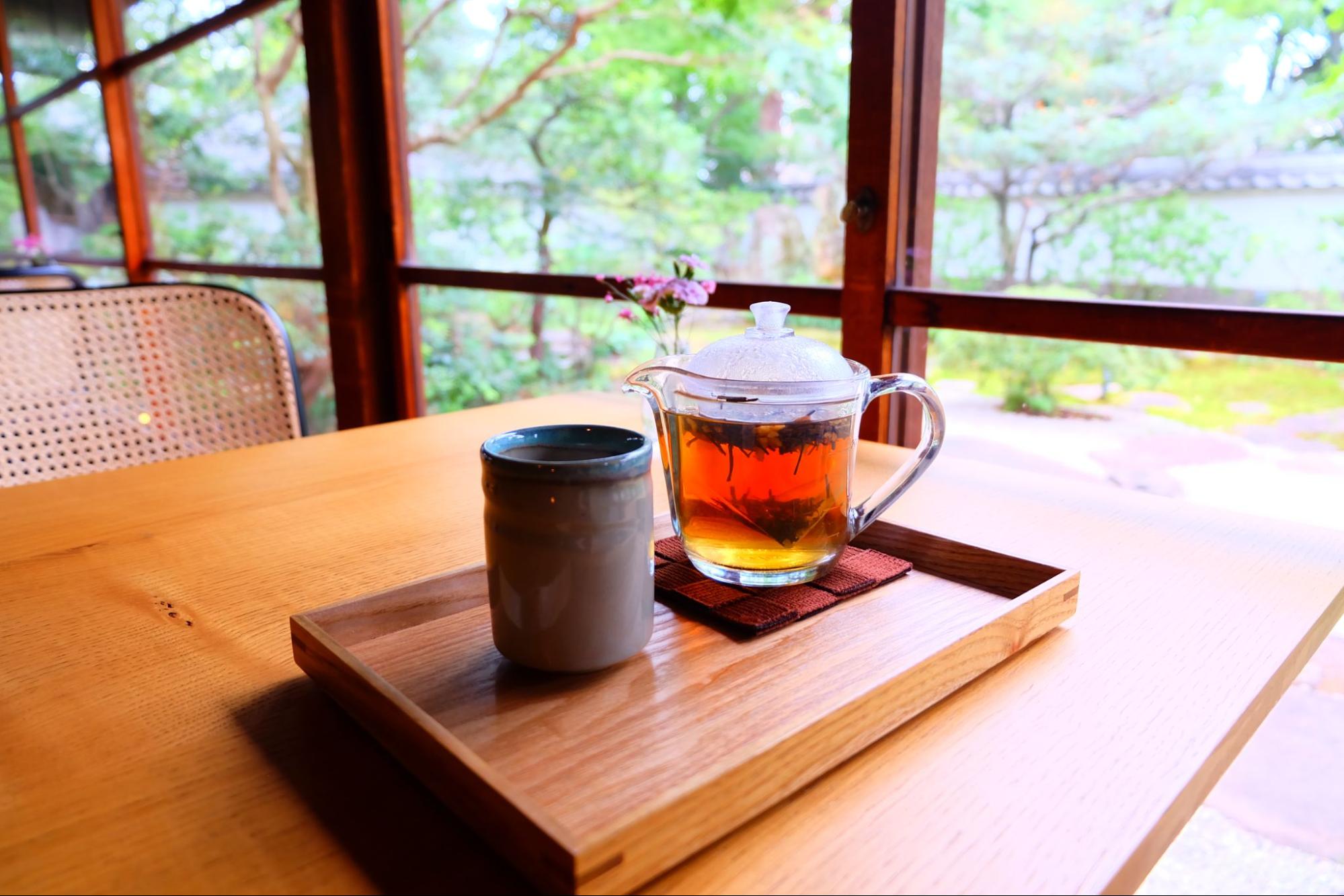
Once you step into the building, "Sosanso" is a space where you can feel the world like a painting.
Tea is a familiar part of everyday life, but there are surprisingly many things that Japanese people don't know about. Please spend a relaxing time in such a space where you can once again feel the culture and charm of Japan, as well as the seasonal gardens.


![[Tokugawa-en, Nagoya] A Japanese Tea Cafe with a View of the Garden "Sozanso"](https://life-designs.jp/wp/wp-content/uploads/2022/11/image19-2.jpg)


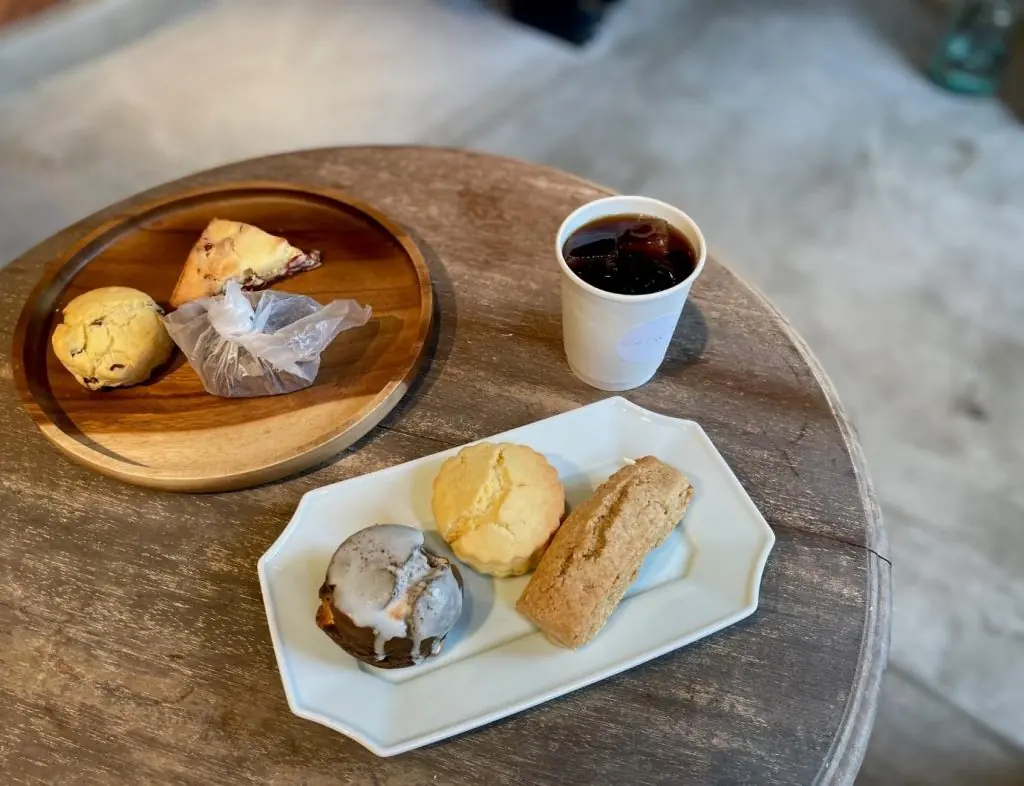
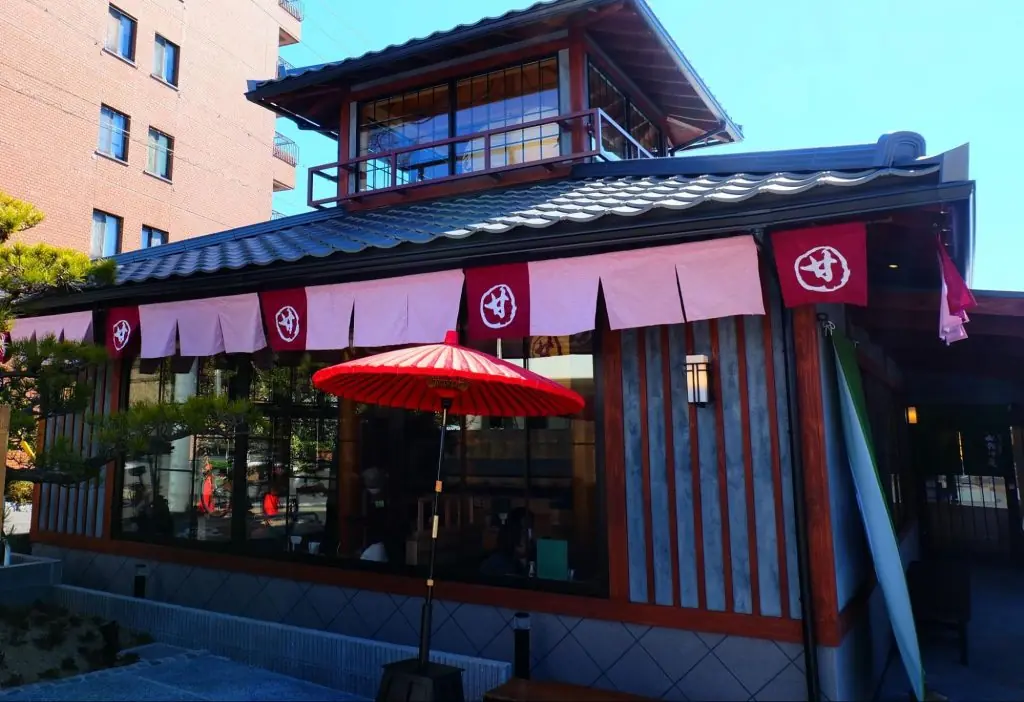
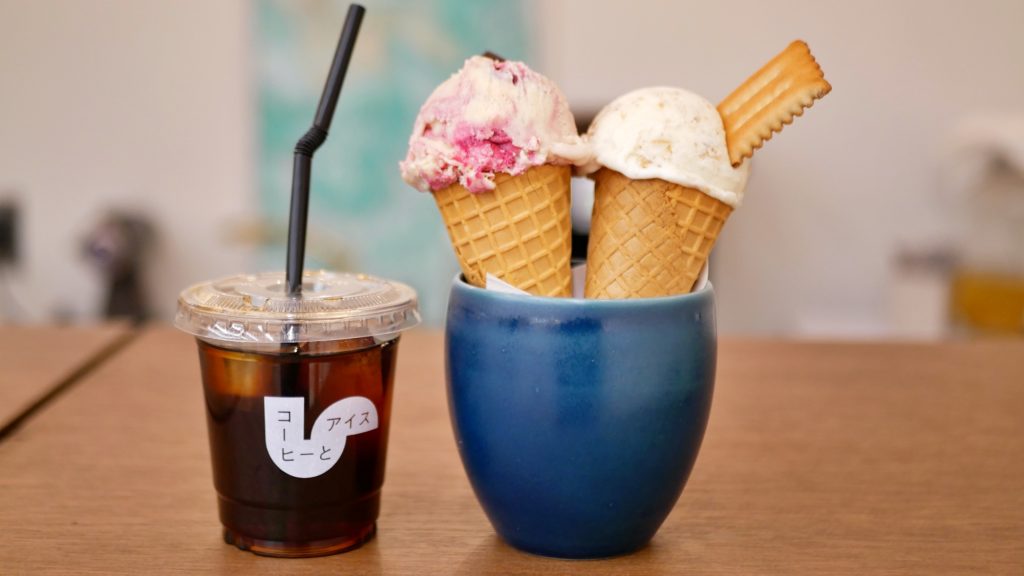
![[Higashi Ward, Nagoya] "BOBRUNCH", A Shop Specializing in Homemade Yogurt](https://life-designs.jp/wp/wp-content/uploads/2024/05/image10-8-1024x683.jpg)
![[Nagoya] Enjoy Grandma's Home Cooking at "Mexican Restaurant Rosita Higashisakura"](https://life-designs.jp/wp/wp-content/uploads/2022/12/image14-18-1024x683.jpg)


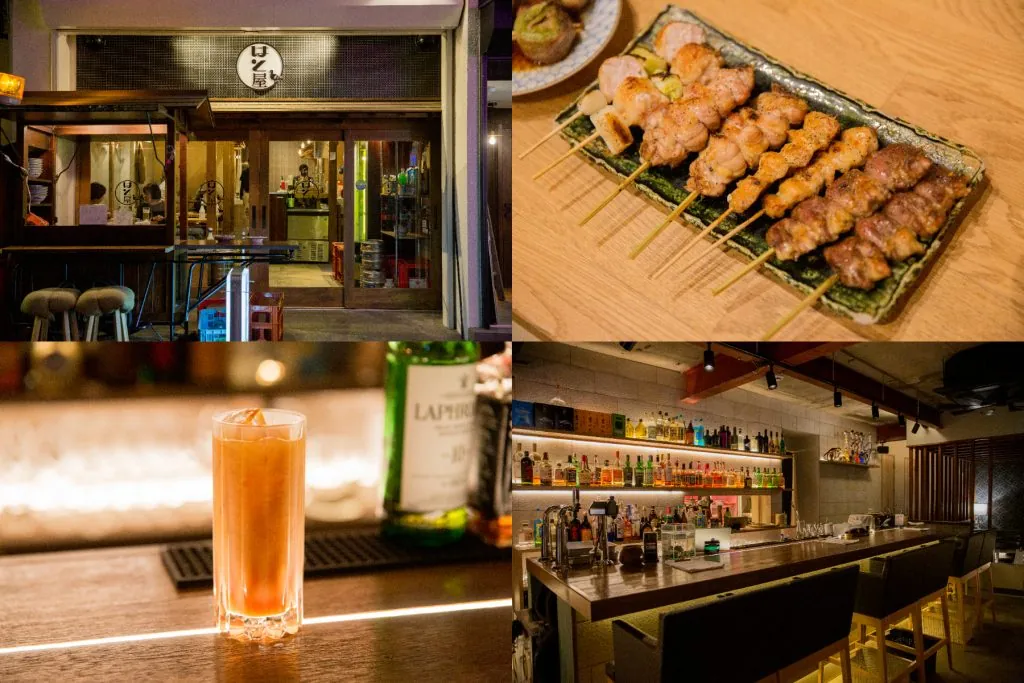
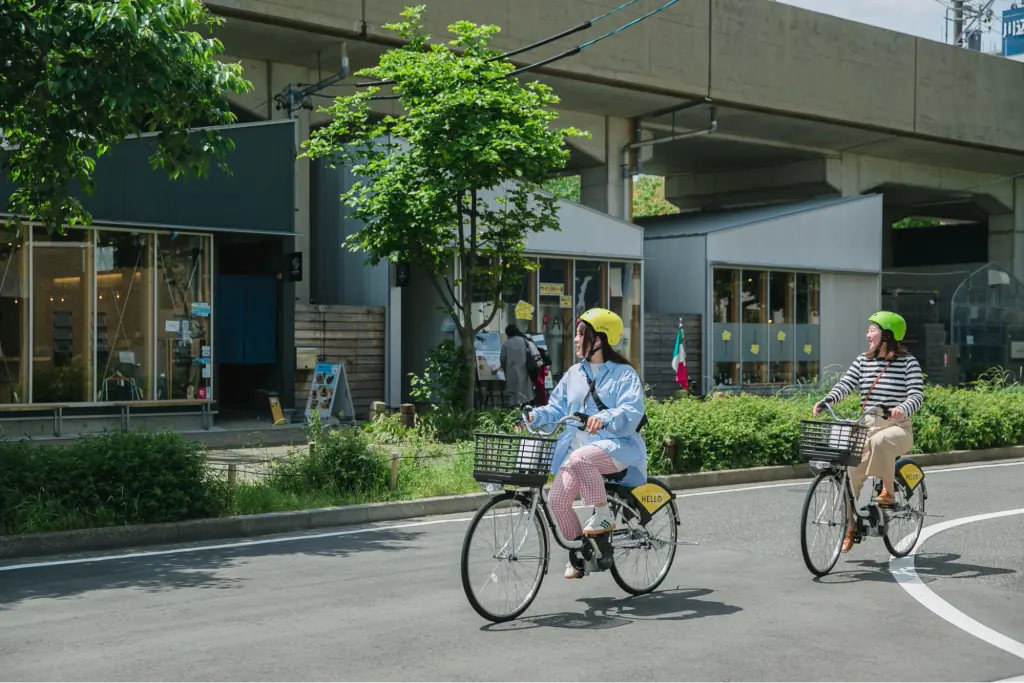
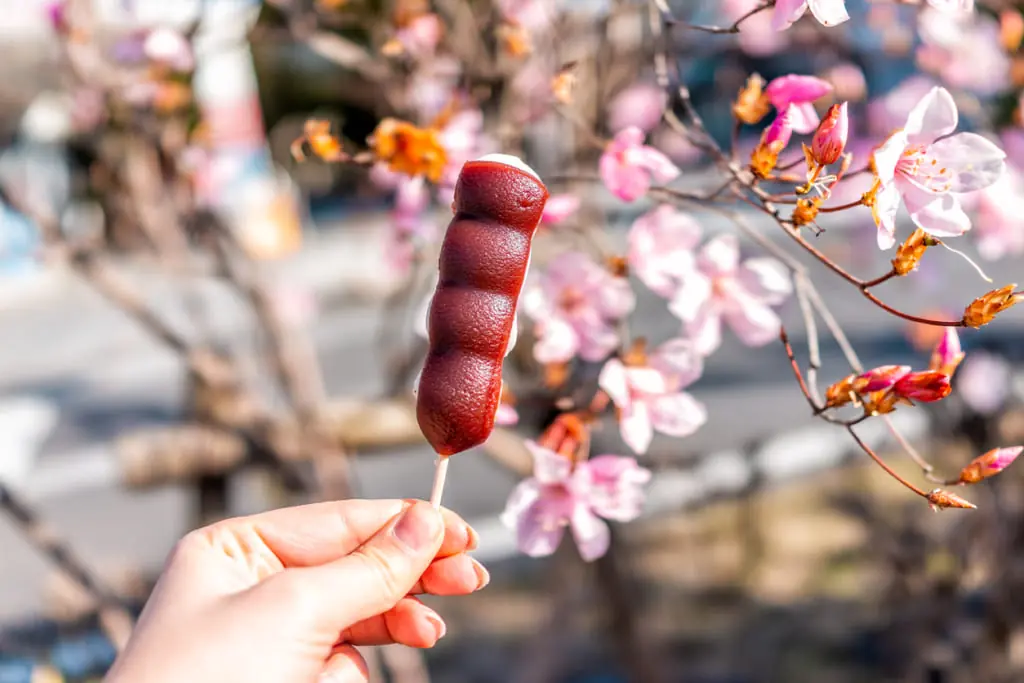

![[Indoor Facilities] Where to Go on Rainy Days in Tokai Area! For Family Outings!](https://life-designs.jp/wp/wp-content/uploads/2023/07/FotoJet-23.jpg)





![[Nagoya City] Exploring Coffee Shops](https://life-designs.jp/wp/wp-content/uploads/2022/03/84215d942d0289eb17e3745432836bf4-768x435.png)
![[Nagoya-meshi] Nagoya's Speciality Dishes](https://life-designs.jp/wp/wp-content/uploads/2022/06/5ba2ca8c038fd4af7527bc0826367cfb-768x435.png)
![[Tokai Area] Place to Go on Rainy Days!](https://life-designs.jp/wp/wp-content/uploads/2022/03/f76405aaa33944a4ba88a131fbc56523-1024x580.png)
![[Enjoy Kuwana! ] From Classic to the Latest Spots](https://life-designs.jp/wp/wp-content/uploads/2022/11/Kuwana_w1920x1088-1-1024x580.png)
![[Sauna Specials] Feel Revitalized in Sauna!](https://life-designs.jp/wp/wp-content/uploads/2021/07/Sauna-1024x580.jpg)
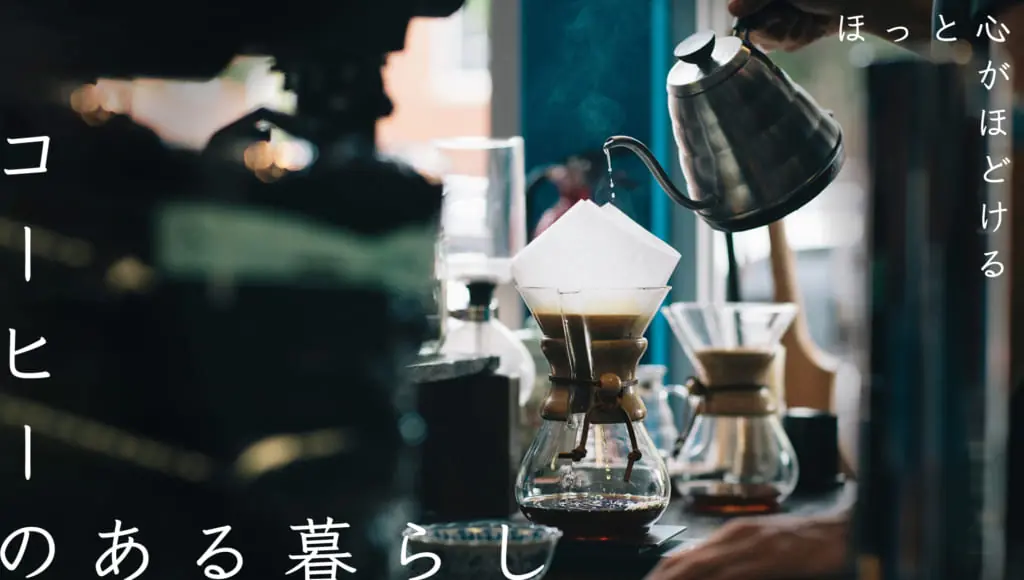
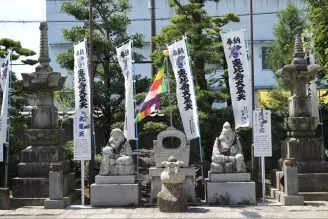

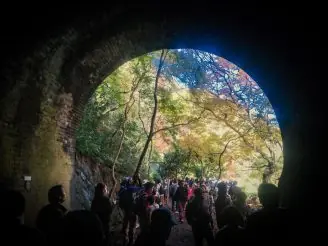
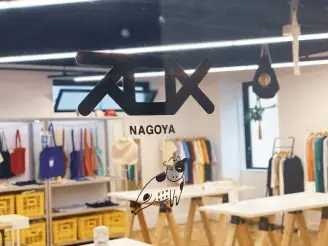
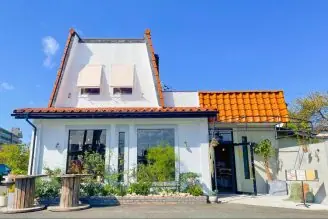
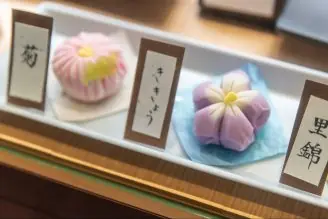
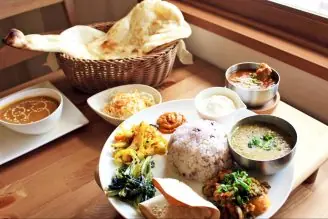
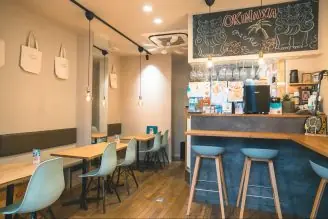
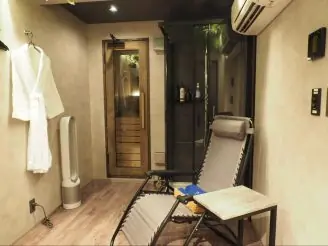

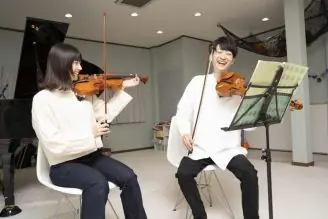
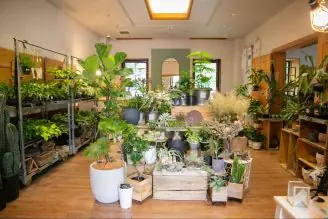
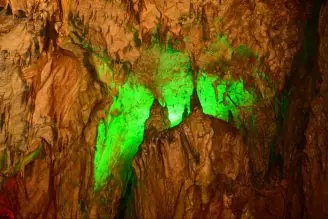
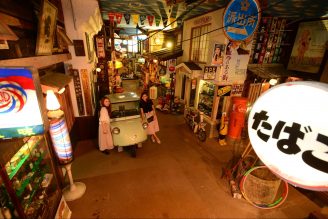

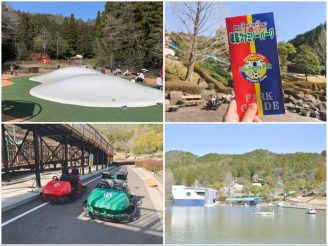

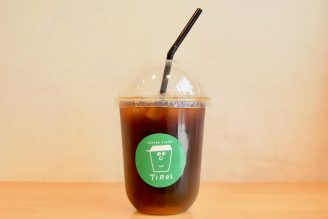

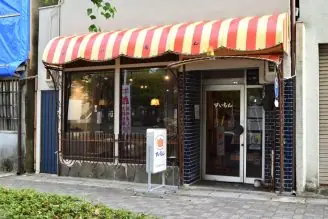

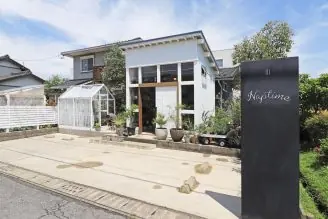

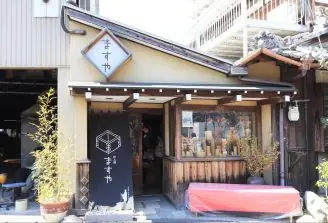
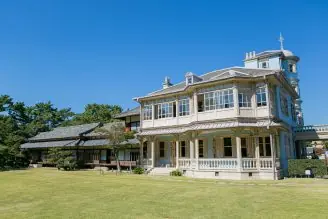
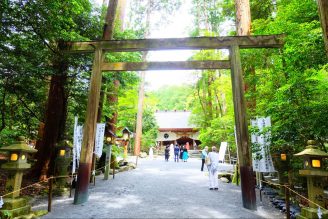
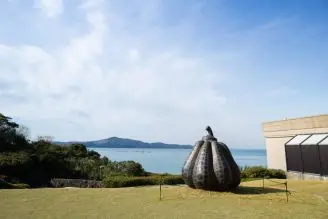
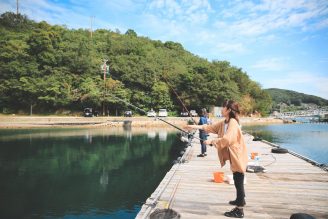
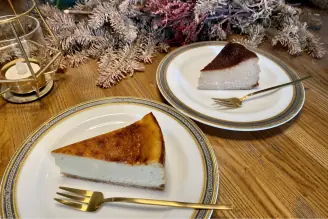
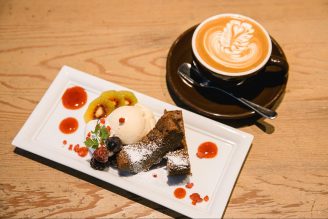
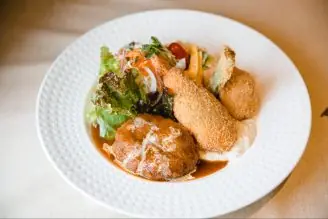

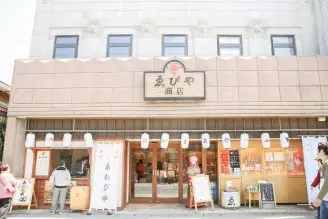
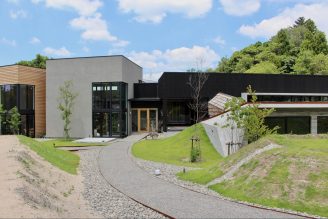
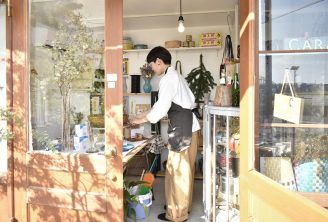
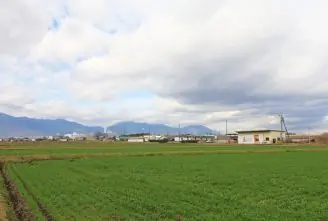

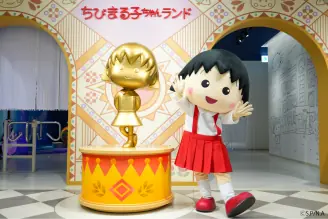

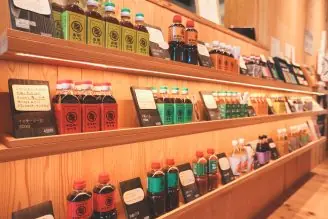
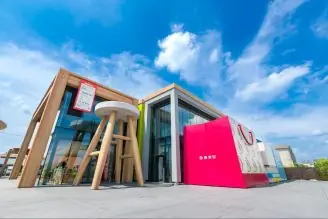



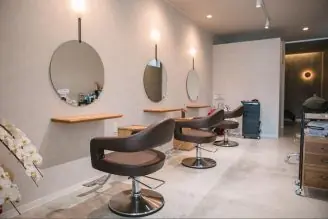


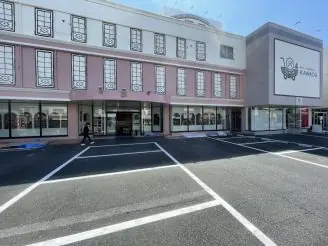
![[Indoor Facilities] Where to Go on Rainy Days in Tokai Area! For Family Outings!](https://life-designs.jp/wp/wp-content/uploads/2023/07/FotoJet-23-1024x768.jpg)
![Onigiri is hot right now! Summary of Osu's Onigiri Specialty Shops [5 selections].](https://life-designs.jp/wp/wp-content/uploads/2023/11/onigiri-1024x768.jpg)
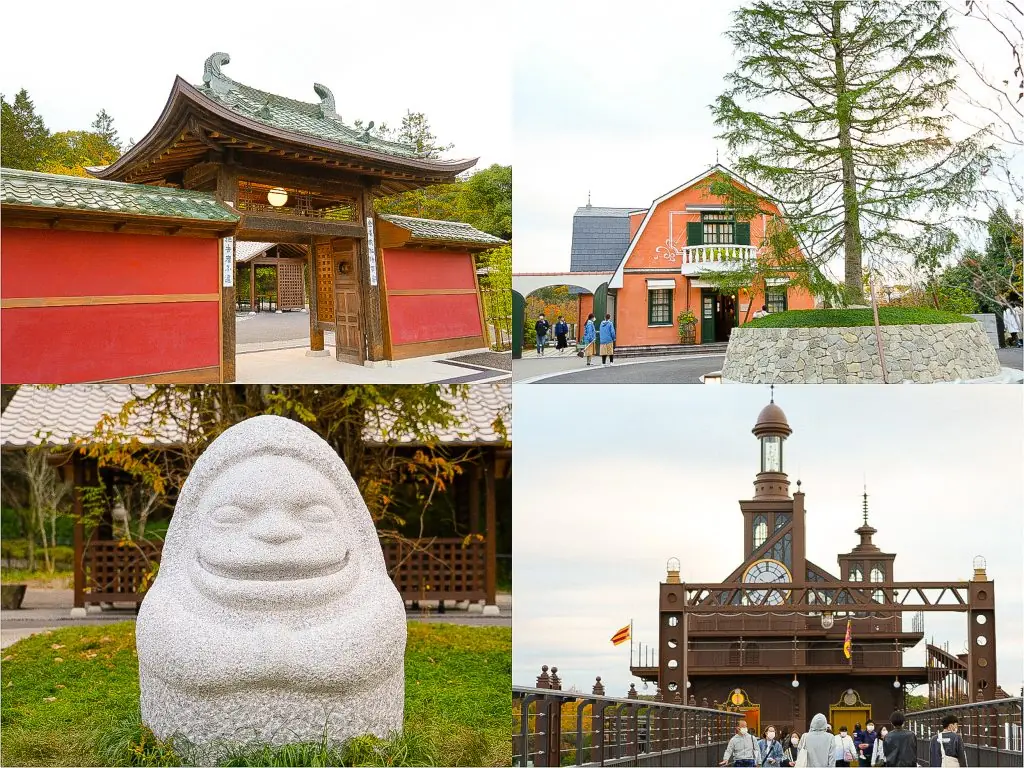
![[9 Selections] Summary of Retro Coffee Shops in Nagoya](https://life-designs.jp/wp/wp-content/uploads/2021/11/image1-30-1024x683.jpg)
![[10 selections] Recommended for Girls' Trip from Nagoya! Special feature on Hotels and Inns](https://life-designs.jp/wp/wp-content/uploads/2022/11/FotoJet-1-1024x768.jpg)
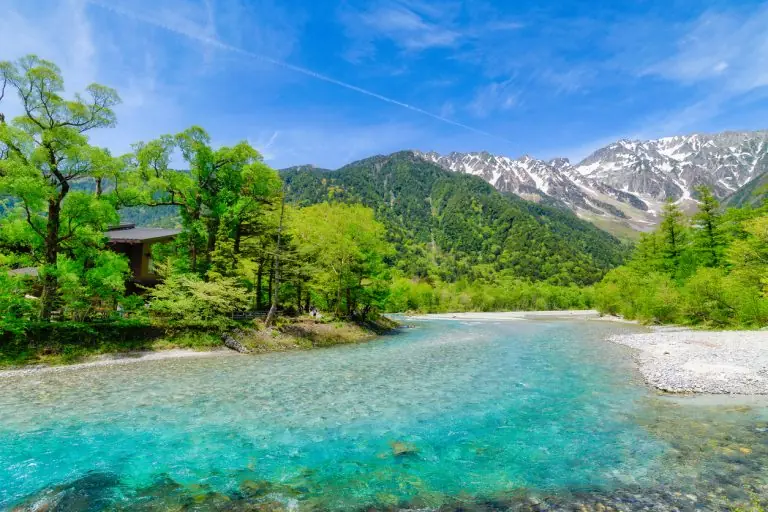
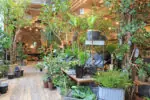
![[Within 2hrs by Car] 12 Outing Areas where You can Go on a Day Trip from Nagoya!](https://life-designs.jp/wp/wp-content/uploads/2023/07/odekake12_w1200h900_20240422-328x246.png)
![[14 Selections] Recommended spots to spend the weekend in Kakuozan area of Nagoya](https://life-designs.jp/wp/wp-content/uploads/2022/07/Kakuozan-spot_w1920h1088_240605-328x186.png)
